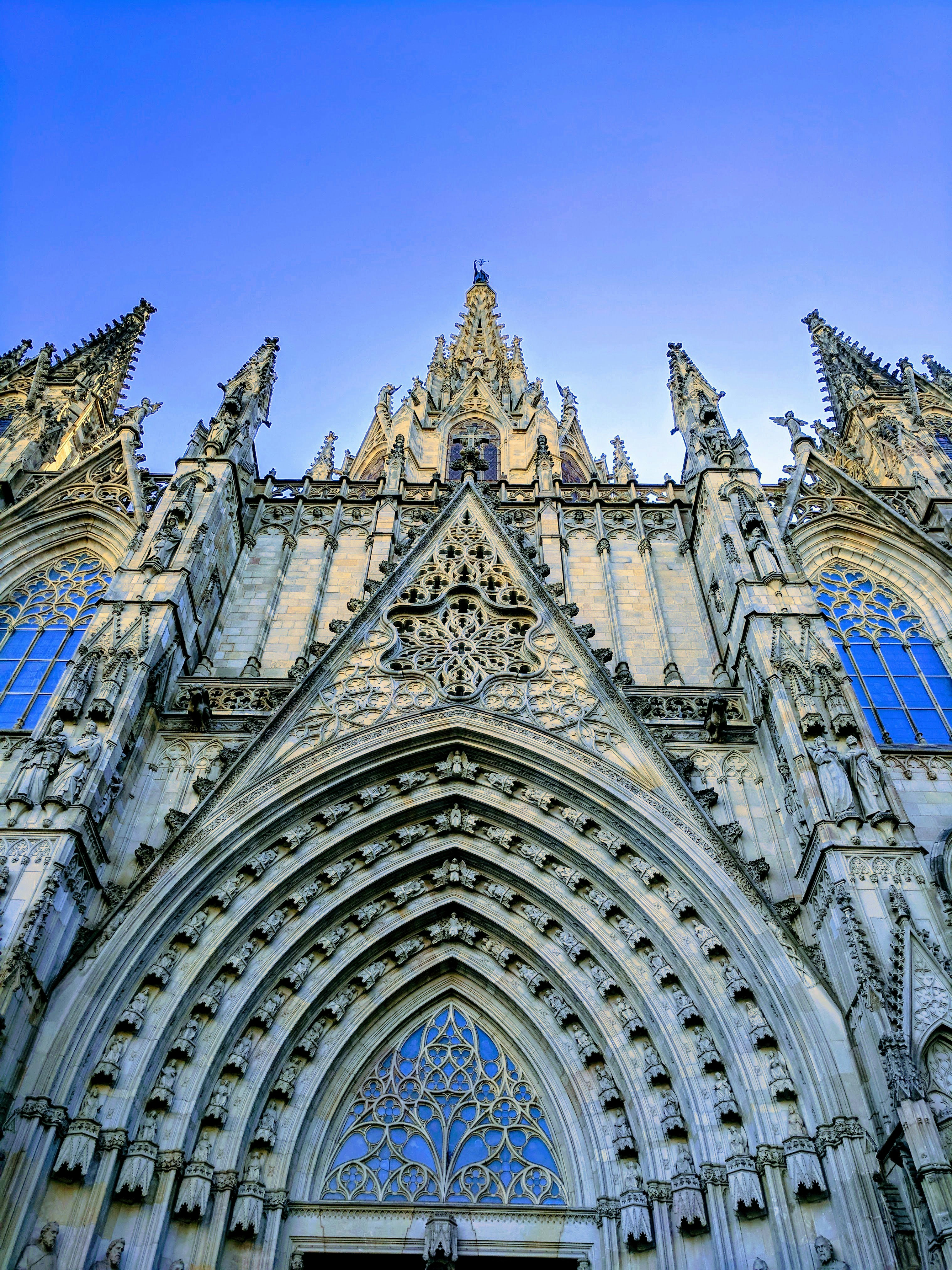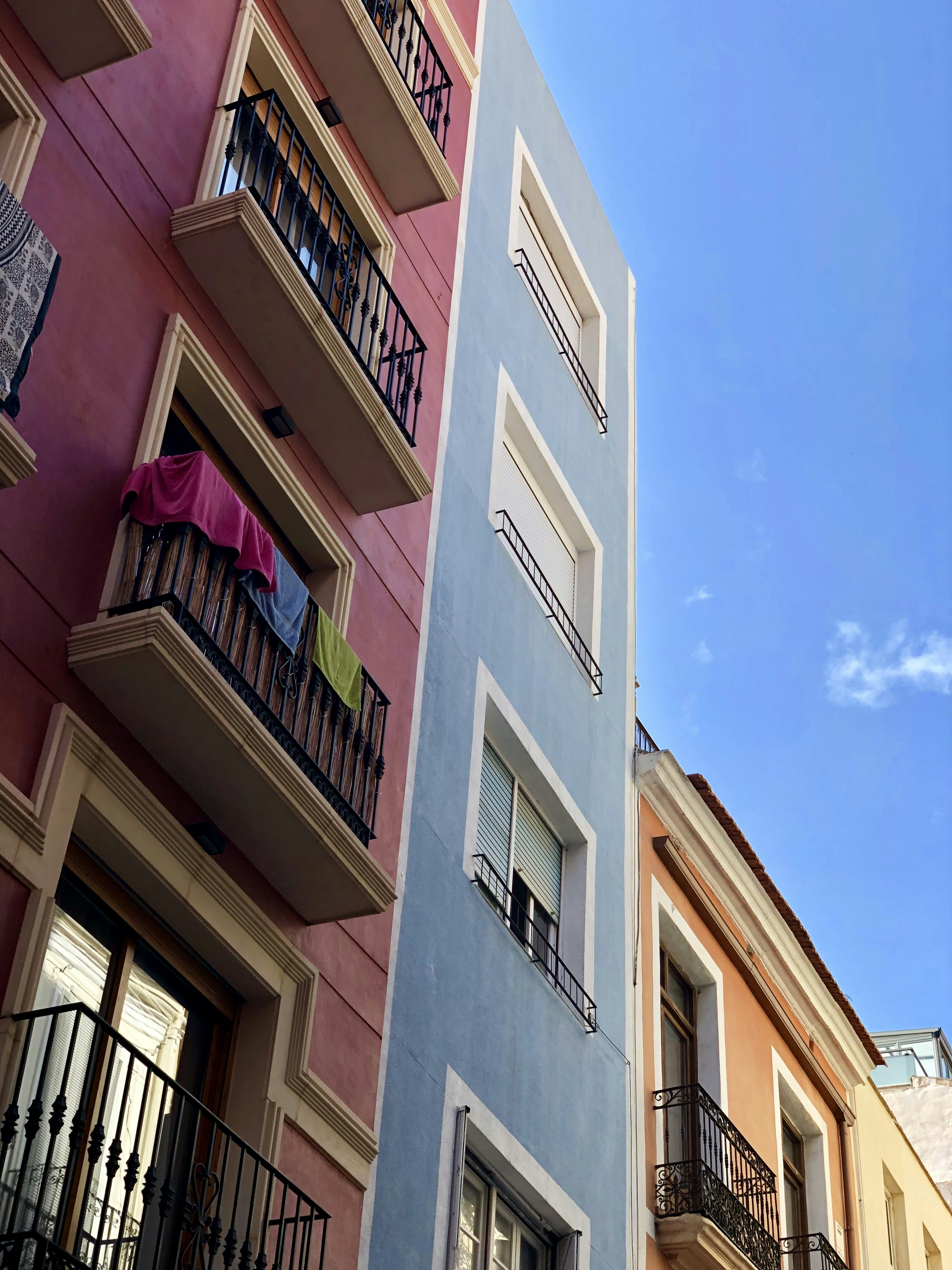In a recent Facebook post, Grand Canyon National Park in Arizona raised concerns about the growing trend of ‘love locks.’ These padlocks, often inscribed with couples’ names or initials, are attached to metal fences and the keys are thrown into nearby bodies of water as a symbol of unbreakable love. However, the park management warns that not only are the locks considered littering and graffiti, but the real danger lies in the keys. The critically endangered California condor, attracted to shiny objects, has been found consuming these keys, necessitating surgery to remove them. The post serves as a reminder of the potential harm that seemingly innocent gestures can pose to the park’s delicate ecosystem.
Title: Grand Canyon National Park Warns About ‘Love Locks’ and Condor Danger
Heading: The Issue of ‘Love Locks’
Love Locks have become a growing concern at Grand Canyon National Park in Arizona. These locks are padlocks that are attached to metal fences or structures, typically with couples’ names or initials engraved on them. The belief is that these locks symbolize eternal love, and throwing away the key into a nearby body of water signifies an unbreakable bond. However, the park management has raised alarm about the impact of Love Locks on both the natural environment and the endangered California condors that inhabit the area.
Subheading: Definition of ‘Love Locks’
Love Locks are padlocks that are fastened to fences or structures by couples as a symbol of their love and commitment. The locks are typically engraved with the couples’ names or initials.
Subheading: Beliefs and Practices Associated with ‘Love Locks’
The practice of attaching Love Locks to public structures has gained popularity around the world. Many believe that hanging a Love Lock will bring good luck and strengthen their relationship. The act of throwing away the key is seen as a symbolic gesture of everlasting love.
Subheading: Impact on Grand Canyon National Park
While the sentiment behind Love Locks is romantic, their presence in the Grand Canyon National Park poses several problems. Firstly, the locks themselves are considered littering and graffiti, compromising the natural beauty of the park. Additionally, the keys thrown into the water can attract California condors, leading to potentially life-threatening situations for these endangered birds.
Heading: The Danger to California Condors
California condors, which are critically endangered, face a significant threat from Love Locks in the Grand Canyon National Park. The behavior of these birds and their attraction to shiny objects make them vulnerable to ingesting keys attached to Love Locks.
Subheading: The Behavior of California Condors
California condors are known for their inquisitive nature and tendency to investigate unfamiliar objects. They often use their beaks to explore anything they come across, including shiny and reflective items.
Subheading: The Threat Posed by ‘Love Locks’
The shiny and eye-catching nature of Love Locks makes them particularly appealing to California condors. These birds mistake the keys for food and consume them, leading to serious health consequences.
Subheading: Surgery and Possible Death for Condors
If a California condor ingests too many keys or metallic objects, their digestive system may become blocked, requiring surgical intervention. This procedure is risky and can potentially result in death for the condors.
Heading: Love Locks in Other Destinations
The issue of Love Locks is not unique to the Grand Canyon National Park. Other destinations, such as Paris with its famous Pont des Arts, have also grappled with the negative consequences of these symbols of love.
Subheading: Example of Paris’ Pont des Arts
The Pont des Arts in Paris became synonymous with Love Locks, attracting couples from around the world to declare their love by attaching locks to the bridge’s railings. Over time, the weight of these locks began to compromise the structural integrity of the bridge.
Subheading: Damage to Structural Integrity
The excessive weight of Love Locks posed a serious risk to the structural stability of the Pont des Arts. Authorities had to remove around 700,000 locks weighing the equivalent of 20 elephants, followed by the installation of glass partitions to prevent further locks from being added.
Subheading: Preventive Measures Taken by Paris
Paris took decisive action to address the Love Lock issue by removing the locks, reinforcing the bridge’s structure, and implementing measures to discourage their reoccurrence. The city also embarked on public awareness campaigns to educate visitors about the negative impact of Love Locks.
Heading: Enforcement and Awareness Efforts by Grand Canyon National Park
To combat the Love Lock issue and its potential dangers to wildlife, Grand Canyon National Park has implemented various enforcement and awareness initiatives.
Subheading: Park Management’s Facebook Post
The park management utilized social media platforms, particularly Facebook, to disseminate a warning about the risks associated with Love Locks. The post aimed to educate visitors about the potential harm caused to California condors and the negative impact on the park’s natural environment.
Subheading: Consideration of Legal Penalties
Grand Canyon National Park is contemplating legal penalties for individuals caught attaching Love Locks. By enforcing strict regulations and penalties, the park management aims to discourage the practice and protect the park’s wildlife and ecosystem.
Subheading: Educational Campaigns and Signage
In addition to social media awareness, Grand Canyon National Park has undertaken educational campaigns and installed signage throughout the park. These initiatives aim to inform visitors about the detrimental effects of Love Locks and promote responsible and sustainable tourism practices.
Subheading: Collaboration with Conservation Organizations
To further enhance their efforts, Grand Canyon National Park has collaborated with various conservation organizations. This collaboration focuses on developing and implementing strategies to raise public awareness about the ecological consequences of Love Locks and the importance of protecting endangered species like the California condors.
Heading: Recommendations for Visitors and Tourists
To ensure the preservation of the Grand Canyon National Park’s pristine ecosystem and protect its wildlife, it is essential for visitors and tourists to adhere to responsible practices and alternative means of expressing love and commitment.
Subheading: Respect for Wildlife and Natural Environment
Visitors should prioritize the preservation of the park’s natural environment and wildlife over displaying Love Locks. Valuing the integrity of the ecosystem and the well-being of endangered species like California condors should be paramount.
Subheading: Use of Alternative Symbols or Practices
To express love and commitment, visitors can explore alternative symbols or practices that are environmentally friendly and do not pose a threat to wildlife. This can include writing messages on biodegradable materials or participating in activities that promote conservation efforts.
Subheading: Proper Disposal of Locks and Keys
If visitors have already attached Love Locks, it is vital to dispose of them responsibly. Locks and keys should be removed and properly disposed of in designated areas, ensuring they are not accessible to wildlife.
Subheading: Support for Conservation and Preservation Efforts
Visitors can contribute to the preservation of the Grand Canyon National Park by actively supporting conservation organizations and engaging in responsible tourism practices. This includes respecting park regulations, participating in educational programs, and donating to initiatives focused on wildlife conservation.
Heading: The Role of Government and Policy-making
Addressing the issue of Love Locks requires collaboration between the National Park Service and government organizations involved in policy-making and funding.
Subheading: Collaboration with National Park Service
Grand Canyon National Park collaborates closely with the National Park Service to develop comprehensive strategies to tackle the Love Lock issue effectively. This involves sharing best practices, resources, and expertise to protect the park’s natural heritage.
Subheading: Development of Regulations and Guidelines
Government bodies play a crucial role in formulating regulations and guidelines that govern the management of national parks. These regulations focus on preserving the ecosystem, protecting endangered species, and deterring practices like Love Locks.
Subheading: Funding for Enforcement and Maintenance
Government funding is essential to support the enforcement of regulations, maintenance of park structures, and conservation efforts. Adequate resources must be allocated to ensure the well-being of national parks and the safety of wildlife.
Heading: Public Response and Engagement
The warning issued by Grand Canyon National Park about Love Locks has generated public response and engagement, both through social media and traditional media platforms.
Subheading: Social Media Reactions to the Park’s Warning
The warning post shared by the park management on social media platforms has garnered attention and generated discussions among visitors and the general public. Social media users have expressed concerns about the environmental impact of Love Locks and expressed support for conservation efforts.
Subheading: Media Coverage and Public Awareness
The issue of Love Locks and its consequences have been covered extensively by various media outlets. News articles and television segments have raised public awareness about the harmful effects of Love Locks on wildlife and the need for responsible tourism practices.
Subheading: Engagement and Support from Conservation Advocates
Conservation advocacy groups and organizations have actively engaged in spreading awareness about the negative impact of Love Locks and supporting Grand Canyon National Park’s initiatives. Collaborative efforts between the public, conservation advocates, and the park are crucial in effectively addressing the issue.
In conclusion, the issue of Love Locks poses a threat to both the Grand Canyon National Park’s natural ecosystem and its endangered wildlife. Public awareness, responsible tourism practices, collaboration with government organizations, and support from visitors are crucial to mitigating the adverse effects of Love Locks and ensuring the long-term preservation of this iconic national park.




